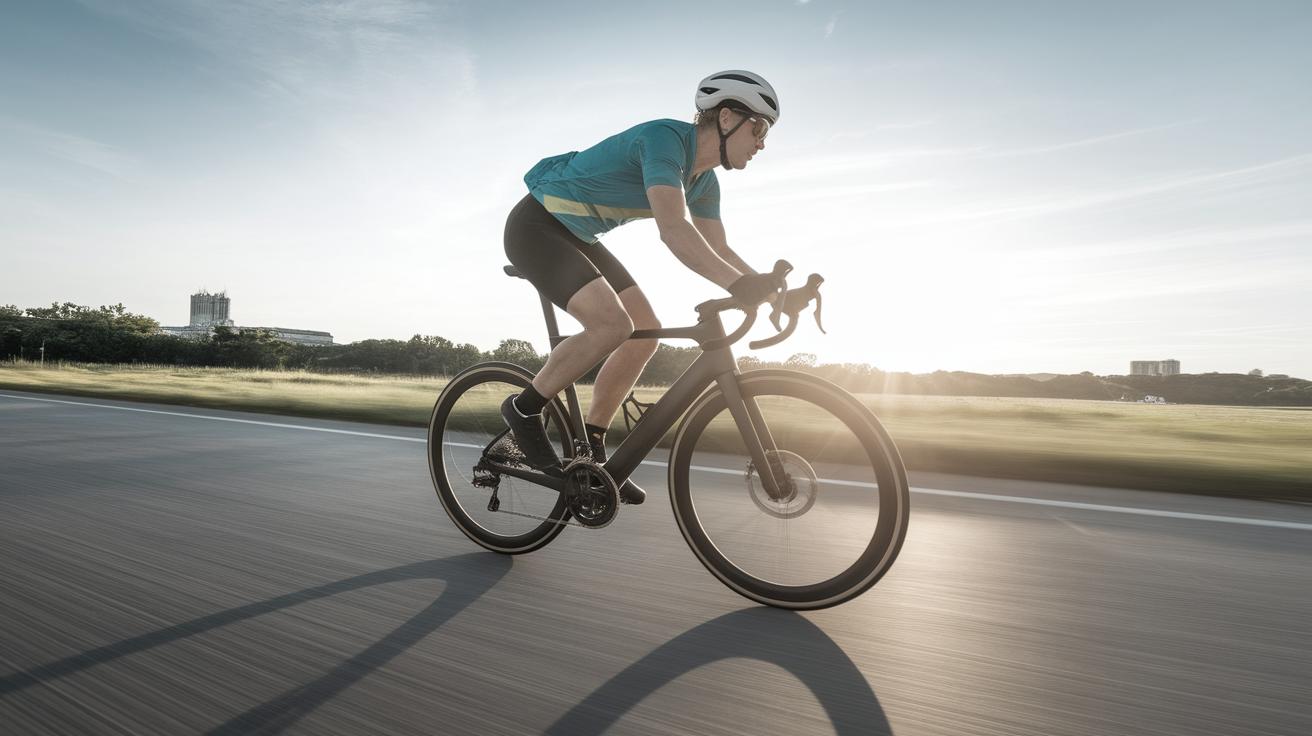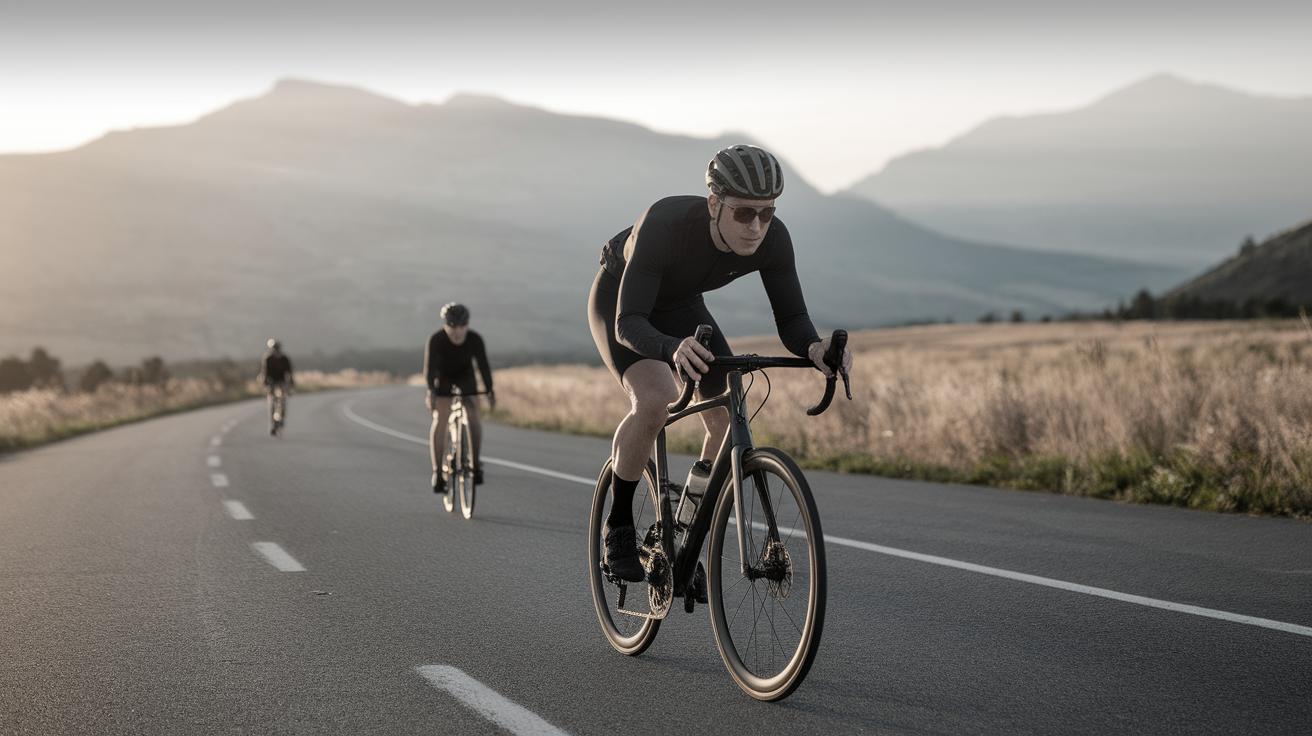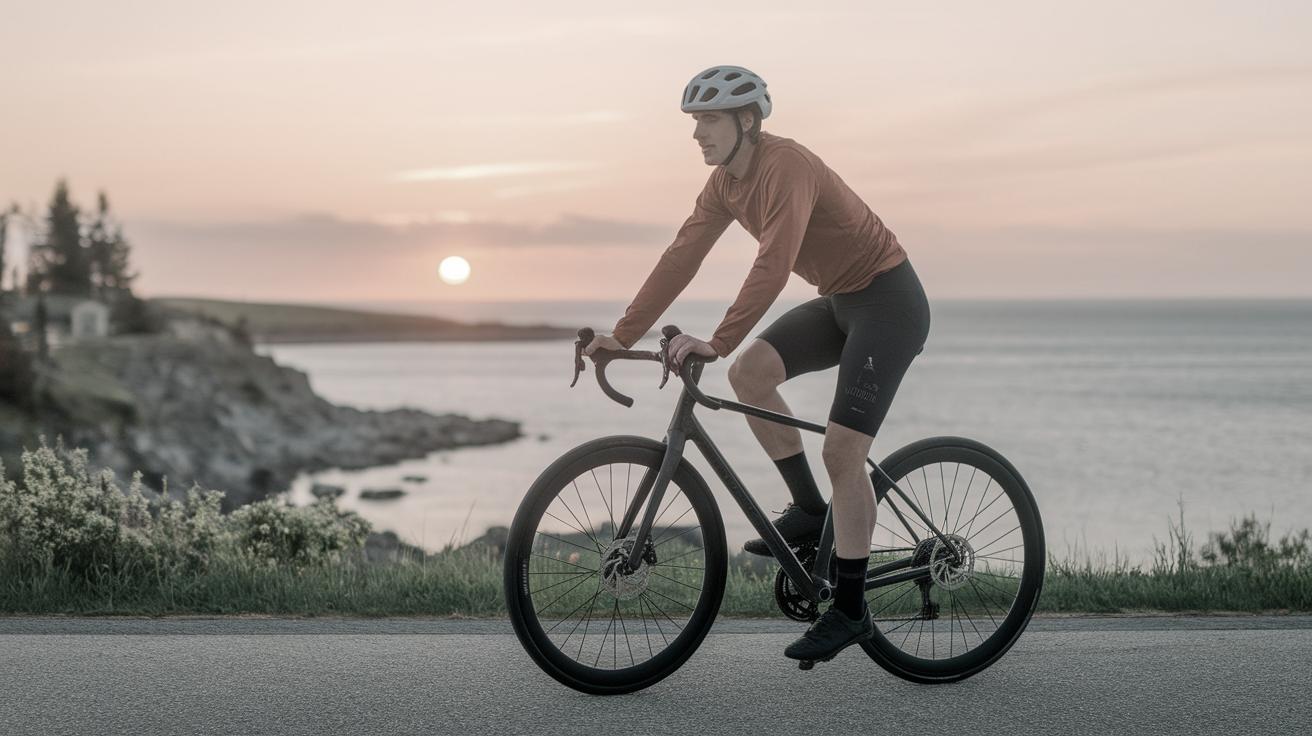Fastest Speed on a Bicycle Unassisted
Cycling enthusiasts around the globe continually push the boundaries of speed, seeking to set new records. Among the most fascinating feats is achieving the fastest speed on a bicycle without any form of assistance, such as windbreakers or motorized aids. This article delves into the evolution of cycling speeds over time, examines the role of aerodynamics in propelling cyclists to ever-higher paces, and highlights notable records and their holders. While aerodynamic assistance has allowed some cyclists to break incredible speed barriers, unassisted cycling presents a unique challenge that captures the pure spirit of competition. By exploring related articles and records, we aim to provide a comprehensive look at this thrilling aspect of competitive cycling.
Ever Increasing Speeds
The pursuit of speed in cycling has always been a testament to the human desire to push physical boundaries. Over the decades, technological advancements in cycle design have played a significant role in enabling athletes to achieve remarkable speeds. High-performance materials, improved gear mechanisms, and optimized frame geometry are just a few of the innovations that have contributed to faster rides. Each year, cyclists around the world continue to break previous records, attesting to the endless possibilities of human endurance and innovation.
As bikes evolve, so too do the athletes who ride them. Training regimens have grown more sophisticated, incorporating data-driven approaches to improve stamina and speed. Enhanced nutritional strategies, combined with cutting-edge training techniques, have resulted in athletes who are more fit and better prepared to tackle the challenge of speed. The relentless pursuit of excellence drives both the technology and the individuals who strive to master it, creating a dynamic and ever-changing landscape in the world of cycling.
With Aerodynamic Help, the 300km per Hour Barrier Seems Easily Within Reach
When it comes to achieving the highest speeds on a bicycle, aerodynamics play a pivotal role. With the aid of windbreakers, streamlined suits, and specially designed helmets, cyclists have managed to achieve incredible speeds that were once thought impossible. The concept of reducing air resistance and drag is at the core of this aerodynamic assistance, allowing cyclists to reach velocities that verge on the extraordinary.
In recent years, extensive investments in aerodynamic research have led to breakthroughs such as slipstreaming – cycling in the wake of a vehicle or another cyclist to minimize air resistance. This technique has enabled elite cyclists to push past the 300 km per hour mark, a milestone that seemed unreachable in years past. While these speeds are awe-inspiring, they also highlight the stark contrast to unassisted cycling, where every second gained is a result of sheer human effort and strategy rather than external aids.
Related Articles
Exploring the nuances of speed cycling, there are numerous articles that delve into the technical and physical aspects of this sport. One insightful piece explores the science of slipstreaming, detailing how cyclists exploit air currents to conserve energy and increase speed. Another article examines the impact of tire technology on speed, showing how the right tire pressure and tread can significantly affect performance.
Additionally, articles about the training regimens of top cyclists provide a glimpse into the daily routines of those who strive for excellence in speed cycling. Reading about the lives of these athletes can inspire and educate aspiring cyclists about the dedication required to reach the upper echelons of the sport.
Related Records
The records set in the world of cycling often reflect the extraordinary lengths to which athletes will go to outpace their predecessors. Notable records include Denise Mueller-Korenek’s world record for paced cycling, where she reached a breathtaking speed of 296 km/h while drafting behind a car on a salt flat. Her achievement exemplifies the thrilling possibilities afforded by modern technology and strategic use of aerodynamic aid.
Another notable record includes the unassisted speed milestone set by Neil Campbell in 2019, who reached 174.339 km/h without drafting, relying solely on his physical prowess and adaptive bike engineering. These records not only showcase individual achievements but also highlight the critical advancements in bike technology and technique development over the years.
What About Unassisted Cycling Records?
In the realm of unassisted cycling, the challenge is all about harnessing human power alone, without any external help. These records demand exceptional physical conditioning, mental endurance, and strategic pacing. The current unassisted world speed record stands at just over 135 km/h, set using perfectly calibrated engineering matched with an unyielding human spirit. Achieving such records requires a delicate balance of technique, peak physical form, and ideal environmental conditions.
Unassisted cycling records serve as a profound testament to the artistry of cycling – a sport where man and machine merge to achieve remarkable feats. Entrenched in the values of endurance, skill, and precision, these records stand as a tribute to the capability of humans to persist and excel despite the odds. The allure of breaking these records continues to inspire countless cyclists who hold dear the pure, unembellished competition of unassisted riding.
Final Thoughts
| Aspect | Details |
|---|---|
| Technological Advancements | Innovations in bike design contribute to increased speeds. |
| Aerodynamics | Windbreakers, streamlined gear, and slipstreaming break speed barriers. |
| Related Records | Denise Mueller-Korenek and Neil Campbell’s record-setting achievements. |
| Unassisted Cycling | Focus on pure human power, peak conditioning, and skill. |


